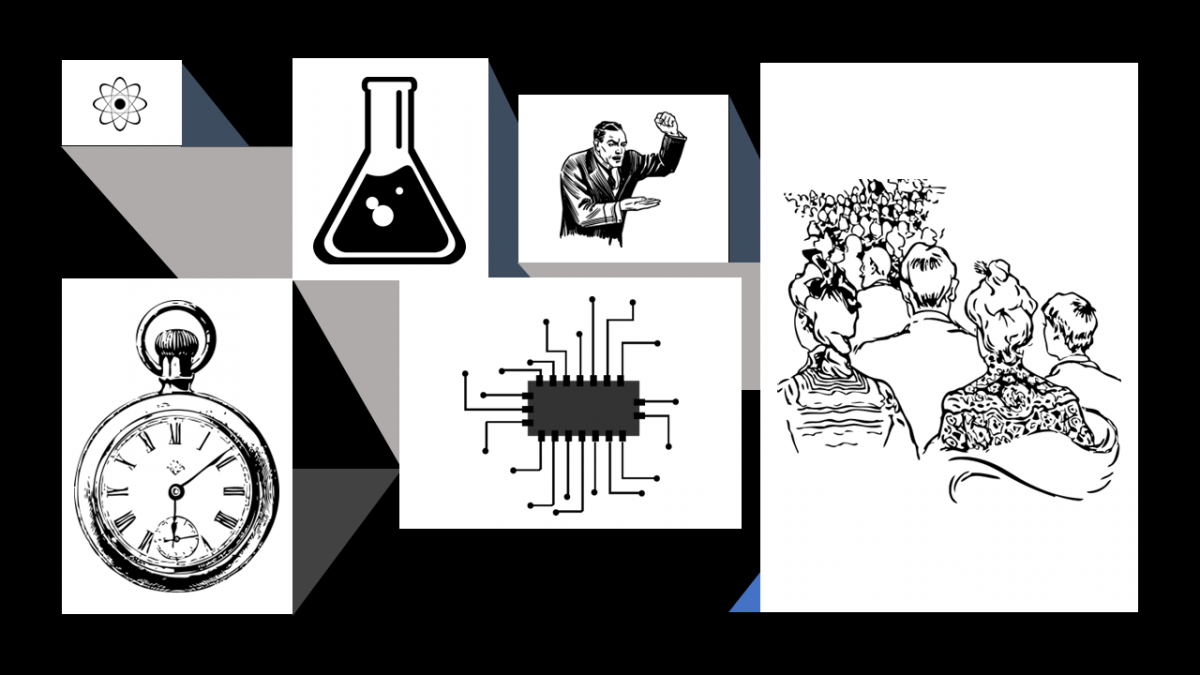Introduction
In an era dominated by information overload, our ability to discern fact from fiction has become increasingly challenging. This is where Brandolini’s Law, also known as the Bullshit Asymmetry Principle, steps in. Coined by Italian software developer Alberto Brandolini, this mental model asserts that debunking misinformation requires considerably more effort than spreading it. In other words, the time and energy required to refute false claims often far surpasses the effort invested in creating and disseminating them.
Understanding the Relevance of Brandolini’s Law
Brandolini’s Law holds great relevance in our decision-making processes, both as individuals and as a society. In today’s digital age, misinformation spreads rapidly through social media, news outlets, and online communities. The ubiquity of false or misleading information can influence our beliefs, attitudes, and actions, leading us astray from rational decision-making. Recognizing and addressing this cognitive bias is crucial for navigating the complexities of the information landscape effectively.
The Anchoring Effect: Cognitive Bias and Brandolini’s Law
Brandolini’s Law finds its roots in human psychology and several cognitive biases that contribute to the proliferation of misinformation. One such bias is the anchoring effect, where our initial exposure to information strongly influences subsequent judgments and decision-making. When false or misleading information becomes embedded in our minds as an anchor, it becomes challenging to dislodge, even in the face of contradictory evidence.
Confirmation Bias: Reinforcing Brandolini’s Law
Confirmation bias further amplifies the impact of Brandolini’s Law. We tend to seek out information that confirms our existing beliefs and ignore or dismiss evidence that contradicts them. In the context of misinformation, confirmation bias acts as a reinforcing mechanism, perpetuating false narratives and hindering critical thinking.
The Backfire Effect: Protecting False Beliefs
The Backfire Effect, a psychological phenomenon closely related to Brandolini’s Law, occurs when individuals double down on their false beliefs when confronted with contradictory evidence. Rather than revising their beliefs in the face of new information, people may cling more tightly to their preconceived notions, strengthening the hold of misinformation.
Examples of Brandolini’s Law in Various Contexts
- Personal Life Decisions: Imagine an individual who believes in the effectiveness of a certain dietary supplement for weight loss due to persuasive marketing claims. Even after encountering scientific studies disproving these claims, they continue to purchase and consume the supplement. Brandolini’s Law is at play here, as the effort required to uncover and comprehend the scientific evidence refuting the claims far exceeds the effort involved in spreading the marketing messages.
- Business Scenarios: In the corporate world, Brandolini’s Law manifests in situations where competitors spread false rumors about a rival company’s products or services. Despite the rival company’s efforts to debunk the misinformation, the damage to its reputation and customer trust can be difficult to repair. This demonstrates how false information can quickly gain traction, leaving the targeted business at a significant disadvantage.
- Public Policy-Making: Brandolini’s Law is evident in the realm of public policy-making as well. Politicians or interest groups may disseminate misleading information to sway public opinion on a particular issue. The subsequent efforts required to correct or counteract this misinformation demand extensive resources and can impede effective decision-making at the societal level.
Strategies to Avoid Falling Prey to Brandolini’s Law
- Develop Information Literacy: Cultivating strong information literacy skills is crucial for recognizing and evaluating misinformation. Fact-checking reputable sources, consulting expert opinions, and cross-referencing information from multiple sources can help avoid the pitfalls of Brandolini’s Law.
- Embrace Critical Thinking: Encouraging critical thinking can serve as a potent antidote to Brandolini’s Law. By questioning assumptions, seeking alternative perspectives, and maintaining a healthy skepticism, individuals can strengthen their ability to discern fact from fiction.
- Foster Media Literacy: Media literacy education plays a vital role in equipping individuals with the skills to navigate the digital landscape effectively. Teaching critical media consumption, fact-checking techniques, and identifying bias can empower individuals to make more informed decisions and reduce their vulnerability to Brandolini’s Law.
- Encourage Open Dialogue: Promoting open dialogue and respectful discussion can foster an environment where misinformation is more likely to be challenged and debunked. Engaging in constructive conversations helps build a collective immunity against the spread of false information.
Conclusion
Brandolini’s Law sheds light on the inherent challenges we face in combatting misinformation. By understanding the cognitive biases that contribute to its proliferation, we can become more adept at identifying and mitigating the impact of false information on our decision-making processes. Through information literacy, critical thinking, media literacy, and open dialogue, we can empower ourselves to make more rational and informed choices. Awareness and active avoidance of Brandolini’s Law are essential for safeguarding our personal well-being, business interests, and the integrity of public decision-making processes in an increasingly complex and interconnected world.
